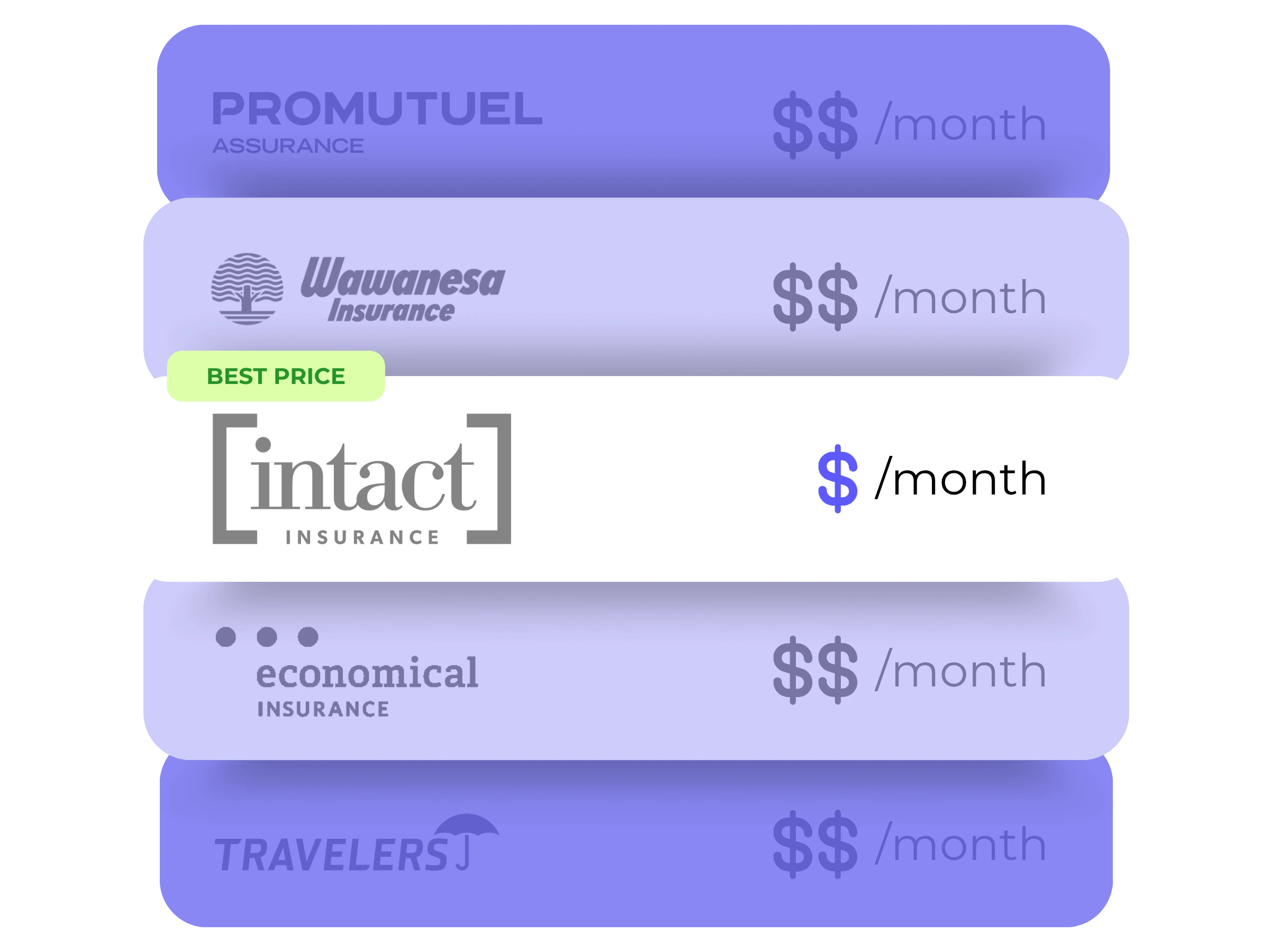In the past, you could be down the street at a neighbour’s, across town at work, or even halfway around the world—and be completely unaware that your home was on fire. Today, monitored fire alarm systems have changed that.
With one installed, you can be instantly alerted—no matter where you are—if smoke or fire is detected in your home. Some systems even notify emergency services automatically, helping reduce response times and potential damage to your belongings.
That’s a win for not only you, but your insurance provider too, which is why many offer discounts for homes equipped with monitored fire alarms.
Thinking of getting one to protect your family—and save on home insurance? Before you do, read this article first to make sure you choose the right type of fire alarm system for your home.

Does having a monitored fire alarm reduce insurance?
Yes, having a monitored fire alarm can help reduce the cost of home insurance by making you eligible for a discount, sometimes as high as 15%. For example, if your premium is $1,000 a year and your system meets all the eligibility criteria, you could potentially save up to $150 annually.
That said, the exact discount for fire alarm systems varies by provider and usually comes with certain requirements, such as:
- It must be fully operational at all times
- It must be centrally monitored, meaning it needs to be connected to a 24/7 third-party monitoring company that alerts emergency services automatically
- You must provide proof or a certificate of installation from a licensed professional or approved monitoring company
Local vs. self-monitored vs. centrally monitored fire alarm
Before rushing to buy a fire alarm system for your home, it’s important to understand the difference between local, self-monitored, and centrally monitored systems. Not only do they offer different levels of protection and peace of mind, but the type you choose can also affect your eligibility for a discount on home insurance.
Local fire alarm system
A local fire alarm is a standalone device that sounds a loud alarm when it detects smoke or fire, but it doesn’t notify anyone beyond the immediate area. Its effectiveness depends entirely on someone being home (or nearby) to hear the alarm and respond quickly.
The most common type of local fire alarm is a standard battery-operated or hardwired smoke detector, which should be installed in all homes in Canada.
- Features: Audible alarm, battery-operated or hardwired, ceiling- or wall-mounted
- Insurance discount eligibility: Not usually eligible for a discount
- Average cost: $20–50 per smoke detector
Self-monitored (“smart”) fire alarm system
Self-monitored fire alarms connect to your smartphone via Wi-Fi or an app, sending you alerts if smoke or fire is detected, even when you’re not home. They are often included as features of broader smart home systems like Telus Smart Home Monitoring.
However, you remain responsible for contacting emergency services, so the system’s effectiveness depends on you receiving and promptly acting on the notification. This is why they’re called “self-monitored.”
- Features: Control panel with multiple smoke and heat sensors throughout the home, connected to your smartphone, no connection to emergency services
- Insurance discount eligibility: Sometimes eligible, depending on the insurance provider
- Average cost: $100–$300+ for system, may require a monthly subscription
Centrally monitored fire alarm system
Centrally monitored fire alarm systems are connected to a professional monitoring center 24 hours a day, 7 days a week. When fire or smoke is detected, the system automatically alerts the monitoring company, which then contacts emergency services on your behalf.
This setup is arguably the most effective at preventing fires and minimizing damage because emergency responders are notified immediately, even if no one is home or able to call for help.
- Features: Control panel with multiple smoke and heat sensors throughout the home, 24/7 professional monitoring by a third party, automatic connection to emergency services
- Insurance discount eligibility: Most likely to qualify, often for the highest discount
- Average cost: $300–$600+ for installation, plus $20–$60/month for monitoring
Next steps
Installing a monitored fire alarm system doesn’t just give you peace of mind; it can also help you cut your insurance costs. But if you really want to maximize your savings, it pays to put top insurers, like Intact, Economical, Travelers, Wawanesa, L’Unique, and Promutuel, head to head.
That’s where YouSet comes in. Not only do our algorithms automatically shop the market for you in under 4 minutes, but they also apply broker-exclusive rates and discounts to get you the best price. Better yet, when your policy comes up for renewal, we’ll alert you to any price increases and even re-shop with other insurers to keep your rate low—year after year.



